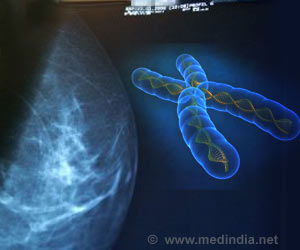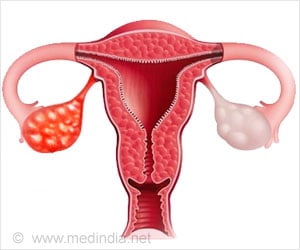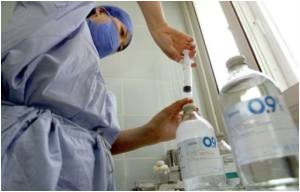The activation of a key oncogene in head and neck cancers could be the result of mutation and dysfunction of regulatory proteins that are supposed to keep the gene in check, which has the potential to cause cancer.

Many research teams have found activation and increased signaling of a protein known as Signal Transducer and Activator of Transcription 3 (STAT3) in different kinds of cancers, and it is associated with poor prognosis, said senior author Jennifer Grandis, M.D., Distinguished Professor of Otolaryngology, Pitt School of Medicine, and director of the Head and Neck Program at the University of Pittsburgh Cancer Institute (UPCI), partner with UPMC CancerCenter. In adult tissues, STAT3 triggers the production of other proteins that promote the growth and survival of cancer cells.
"Until now, the question of why STAT3 could be hyperactivated has gone unanswered," Dr. Grandis said. "Our findings reveal a possible mechanism for this abnormal activity, which could help us develop new cancer drugs."Noting that gene aberrations in STAT3 itself rarely occurred in head and neck cancers, she and her colleagues looked for mutations in other proteins associated with increased activity of STAT3.
To be activated, STAT3 must be phosphorylated, meaning a phosphate group is added to it. Many cancer drugs work by inhibiting enzymes called kinases that encourage this process. The team focused instead on the other side of the biochemical seesaw in which enzymes called phosphatases deactivate proteins by removing phosphates.To their surprise, they found head and neck tumors with elevated STAT3 were associated with mutations in the PTPR family of phosphatases.
When they reproduced the mutations in computational and lab models, they saw that they led to dysfunction of the enzymes."Because the phosphatases don't work properly, phosphate groups don't get removed from STAT3 appropriately, and it stays activated," Dr. Grandis explained. "These mutations essentially get rid of the brakes that might otherwise slow or even stop cancer development."It might be possible one day to screen tumors for mutations in the PTPR group and then treat them with drugs that inhibit STAT3's activity, she added.
Source-Eurekalert









